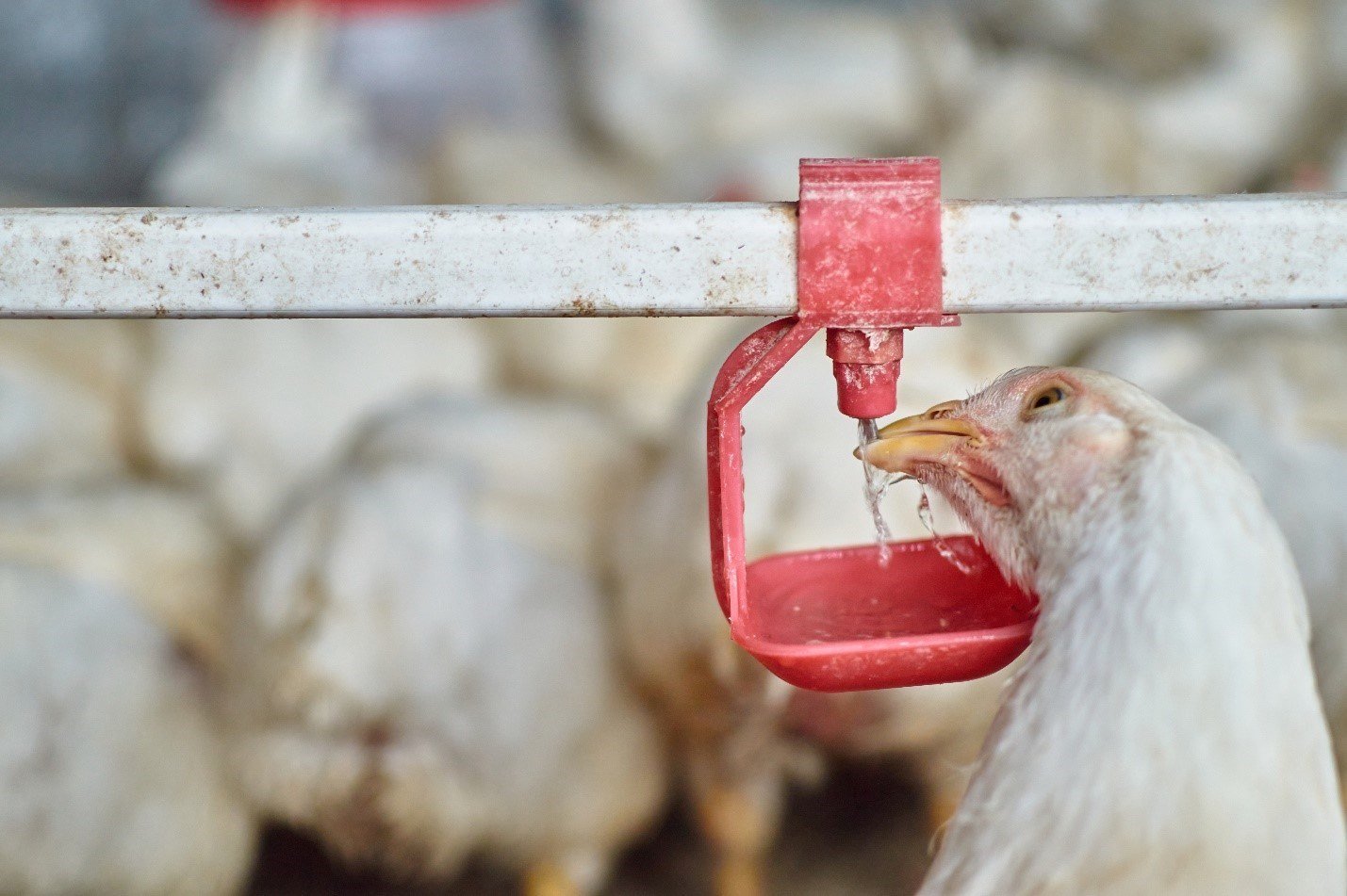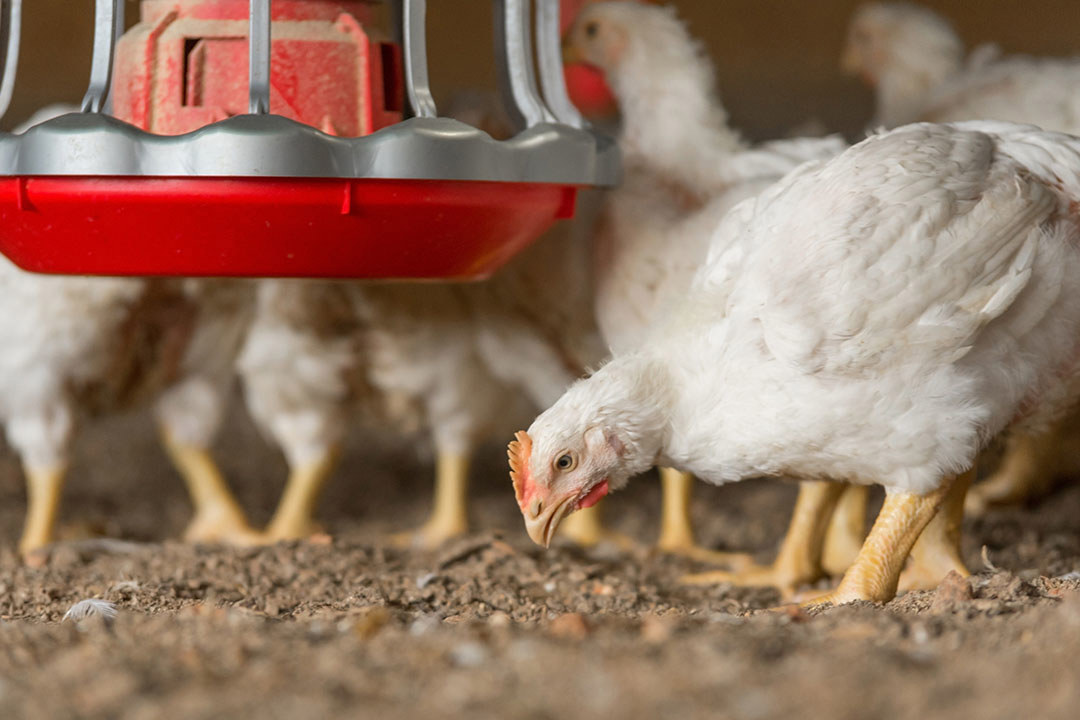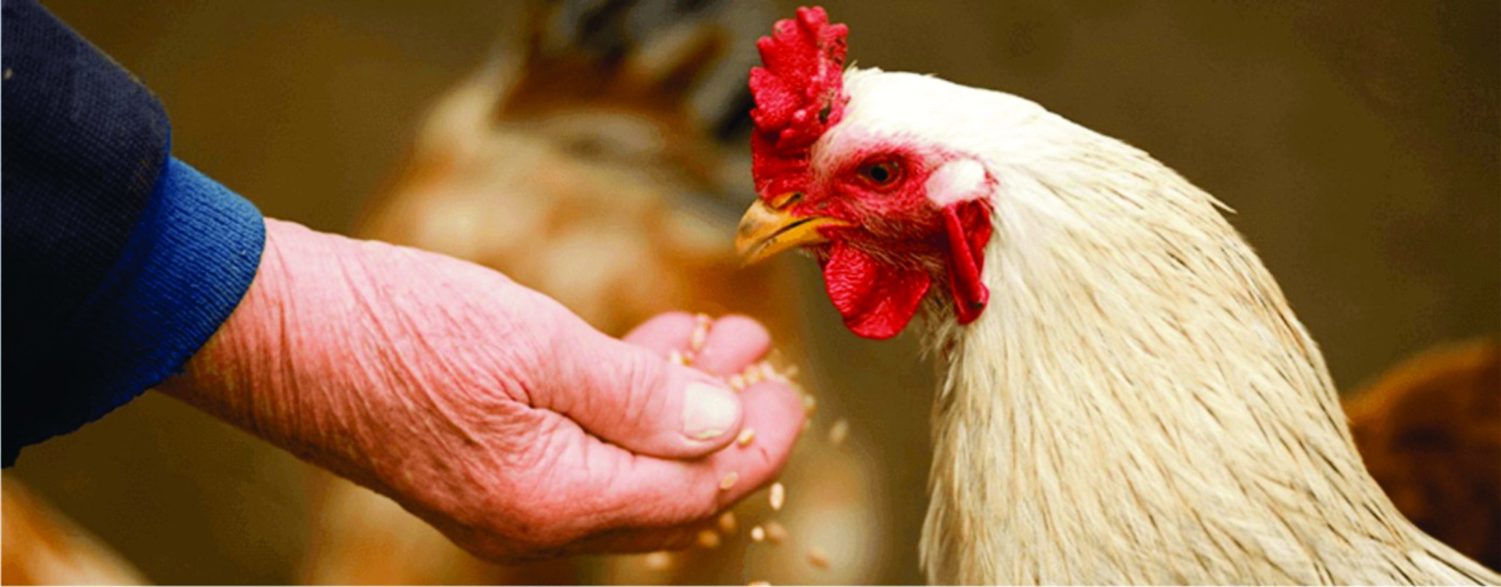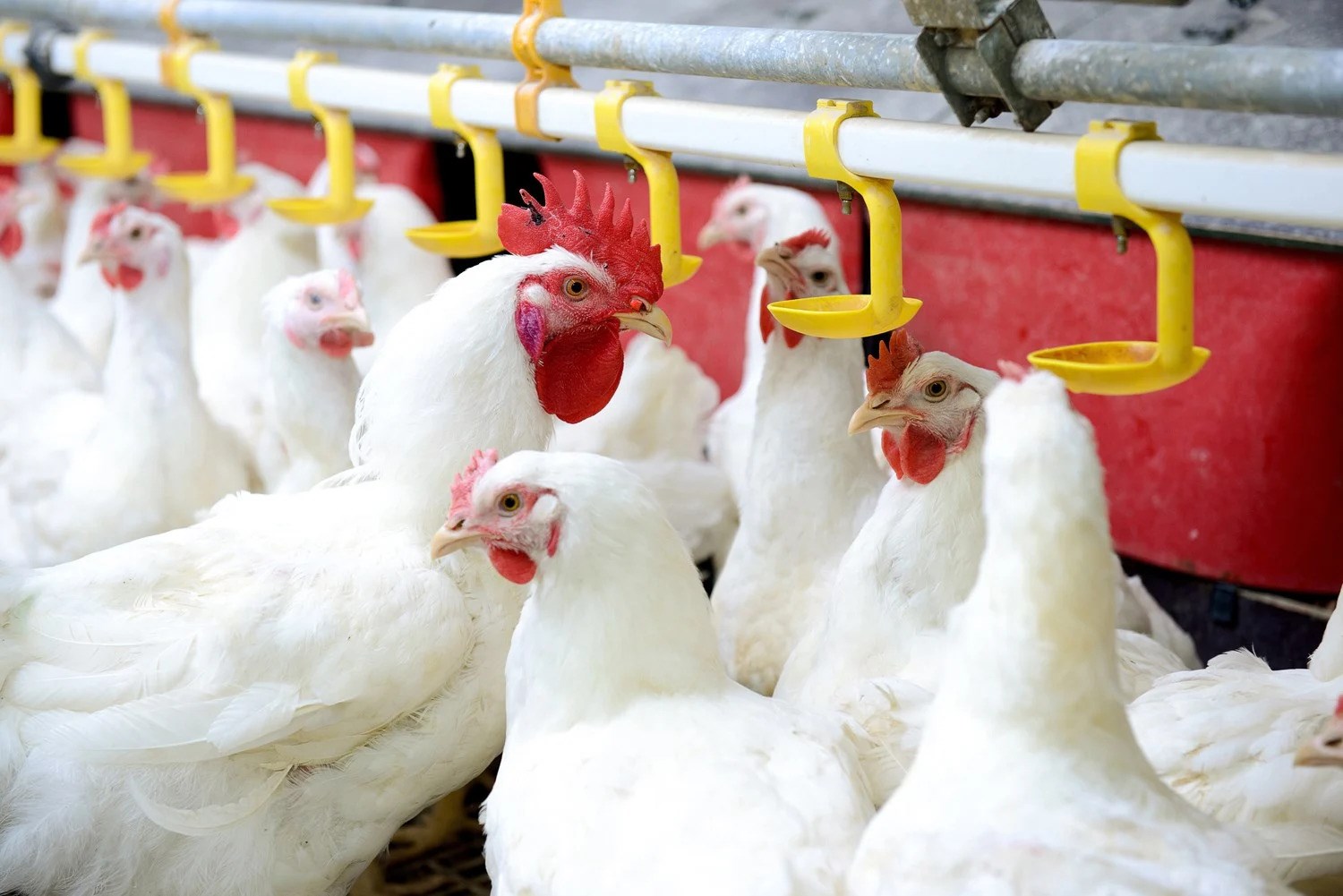Performance and Health programme
Gut health is an enduring challenge for animal producers, accounting for up to 80% of antimicrobials used in animal production, given that vaccines can prevent most other health issues. Feed formulation and dietary strategies, which include the synergistic use of feed additives, can help to improve gastrointestinal development and digestion, the absorption of nutrients, and immunity.
Water Quality Management Strategy for Healthy Gut in Chicken
Water is the most important nutrient for poultry and plays a key role in thermoregulation, digestion and absorption of nutrients and acts as a carrier for administration of additives, such as medication, supplements, etc. Safe and good water quality is important as chickens consume twice as much water as feed. Chicken’s body weight contains 70% of water but if water intake is reduced or there is increased water loss, then it would have a significant effect on the bird’s performance. Therefore, it is very important to ensure that adequate, clean and hygienic water supply is available for the birds.
Sanitization of water can be carried out by Chlorination, Chlorine dioxide, Hydrogen peroxide etc. Sanitation of water should be coupled with acidification for the sanitizers to act effectively and for synergistic effect with respect to microbial control. This can be accomplished by usage of apt combination of free and buffered organic acids. Selko®-pH from Trouw Nutrition contains free and buffered organic acids which helps in maintaining good water quality along with optimal gut health conditions in birds.


Raw Material Quality Management For healthy Gut Health Environment
The raw material to be included in diet needs to be periodically tested in an authenticated internal/external laboratory for nutritional profile, mycotoxins and microbiological characteristics. The latter one, is more so important, in case animal protein like Meat & Bone meal, Fish meal or Poultry meal is included in diet. An appropriate mycotoxin management program should be in place, for rapid analysis of mycotoxins in field conditions. Presence of mycotoxins, or any probability of mycotoxin development in feed, needs to be taken care of through addition of good quality mycotoxin binders and mould inhibitors respectively. In the current situation of arrival of new/fresh crop in the market, which is likely to have high moisture percentage, addition of an adequate mould inhibitor is warranted, to check mould growth. The presence of pathogenic micro-organisms like E. coli and Salmonella Spp., should be practically zero in the raw materials.
Inclusion of Additives
Additives that promote gut health play a vital role in maintaining the conditions that are optimal for eubiosis in the gut and to improve the digestive and absorptive efficacy of gut. There are various commercial preparations of these solutions available in the market that need to be carefully selected according to the phase of the bird and the use it is intended for. One of the important factor to be taken into account is the right combination of short and medium chain fatty acids, that when offered through feed and/or water, give promising results. Probiotics are proven beneficial in the initial stages of life of layer chicken, up to 4 weeks of age, post which their effect does not prove economically viable, since post that the bird can produce its own beneficial micro-organisms within the gut. Prebiotics, essential oils, butyrates etc., are various other alternatives, which when used judicially, might improve the gut health.


Antibiotic Reduction
To reduce the reliance on antibiotics in a responsible way, there is no turn-key solution, no simple standard replacement for antibiotics. Together with our internal experts, we are putting TN knowledge into services, following the 6 stepwise approach to achieving high-performing animals, cycle after cycle.
- Clarification of the purpose and desired outcome of an antibiotic reduction effort
- Conducting baseline audit feed, farm, and health with technical staff in the field
- According to this baseline assessment determines the customized and tailored solutions
- Comparing the resources required to implement suggested solutions with the potential return based on prices
- Implementing the solutions.
- Evaluating and comparing achievements with the set of objectives and adjusting the approach where needed
To enhance animal health while reducing the use of antibiotics, a synergistic method uses diverse feed additives as part of a five-pronged gut health strategy. Special blends of organic acids can lower the pH in the crop and proventriculus to levels where many pathogenic bacteria struggle to survive while also aiding digestion. The gut barrier function can be strengthened, and the microbiota can be balanced using specially developed feed additives. Finally, certain nutrients can aid immune regulation both directly and indirectly by promoting a healthy gastrointestinal tract.